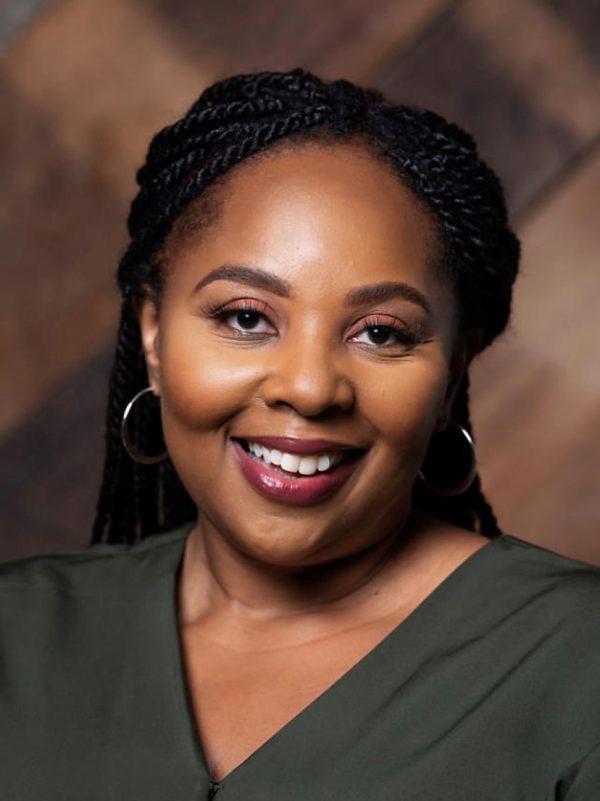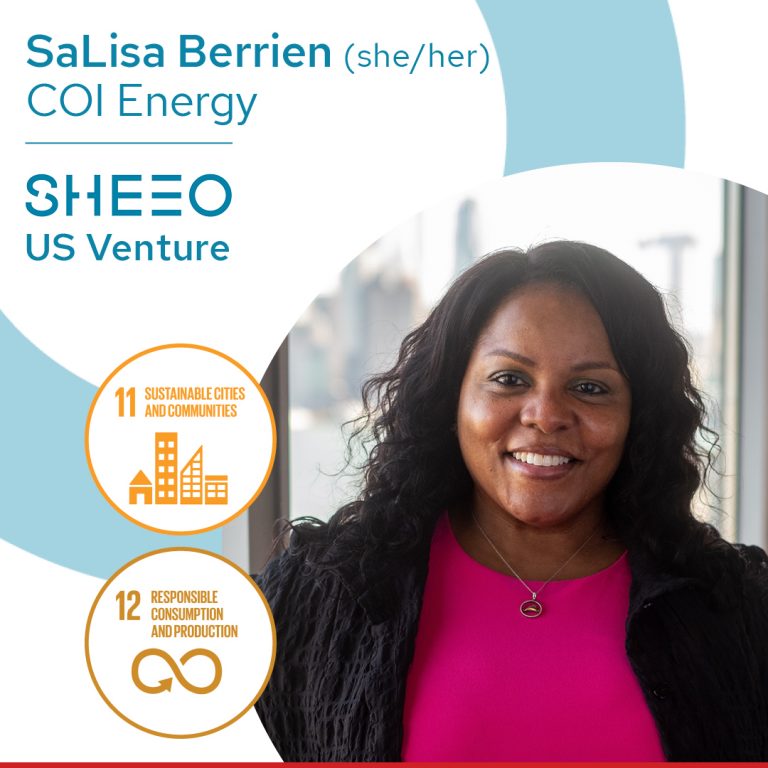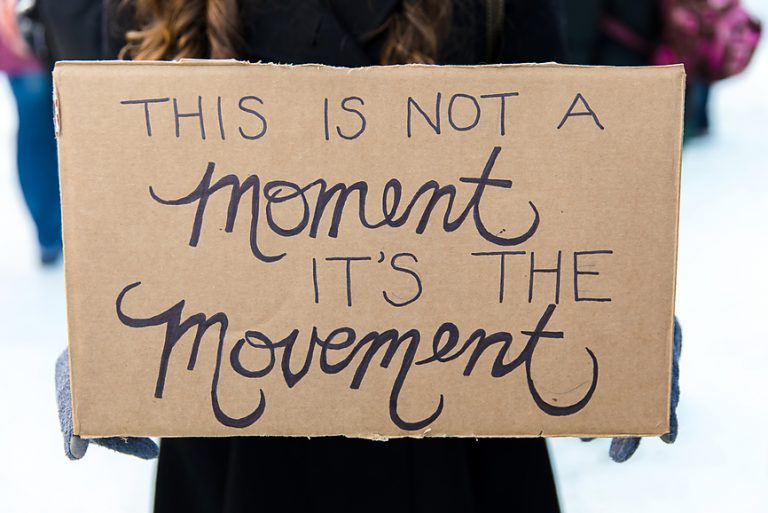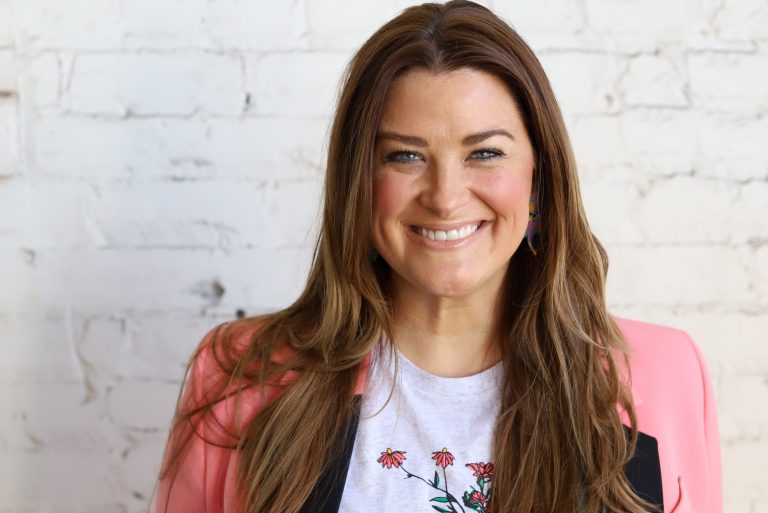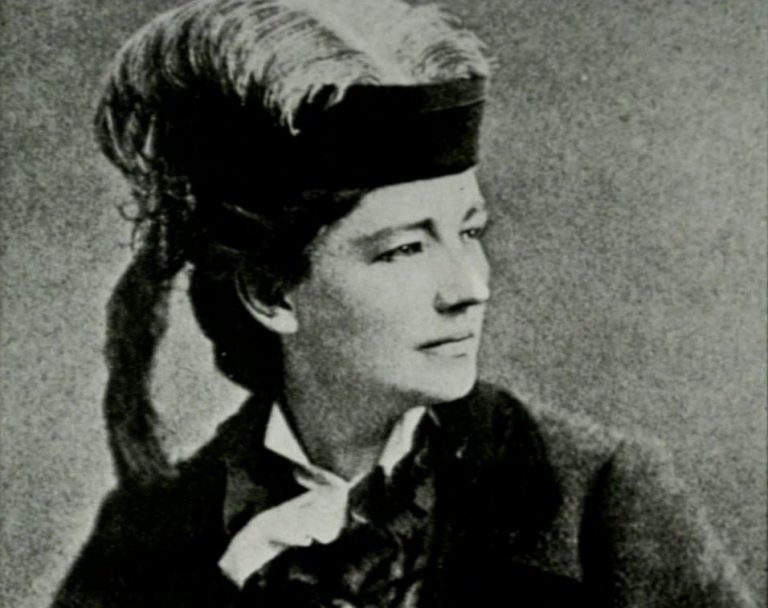
A few years back, I found myself on an auditorium stage at Toronto’s elite MaRS Discovery District looking out at a room full of professionals who were gathered to discuss how to encourage youth entrepreneurship in Ontario. I was 29, the co-founder, co-publisher, and editor of a magazine, and had already done dozens of speaking engagements. But when the host introduced the other speakers, I suddenly clammed up. They seemed way more sophisticated, accomplished, and deserving of the title “entrepreneur,” at least in the way it was being defined at this conference. They spoke about turning profits, full stop. Here I was, then just short of a decade in business, still struggling to secure enough revenue to print and distribute Urbanology Magazine, the quarterly publication I co-founded.
Somehow, I quelled my nerves enough to tell honest stories of my entrepreneurial journey, which was very different from the others. I talked about learning everything about business and entrepreneurship through trial and error; never really having a “business plan”; of driving overnight to New York and having to freshen up in the lobbies of fancy hotels before conducting high-profile celebrity interviews, then driving right back to Toronto because we couldn’t afford to keep the rental van a day longer, let alone stay in a hotel room. I even told the audience about the time a patron—an older, white man—approached our vendor booth at a hip-hop show, asked us if we funded our publication with “drug money,” and brushed off my response.
When the moderator opened the floor to questions, I had another opportunity to discover how very different my entrepreneurial journey was. A woman asked if my team had ever tapped into accelerators or incubators or approached any venture capitalists for support.
Huh? What? Come again.
My answer was short: no. But I did qualify it by explaining that we had no idea those types of opportunities existed. That may have been our fault. Where did we get off starting a business without researching the resources available to us? But as racialized people in our early 20s and coming from one of Toronto’s “priority” neighbourhoods, my business partner and I would not have seen ourselves as the ideal candidates for such support. Remember the question about the drug money?
To this day, that woman’s question plays over and over in my mind. Why hadn’t we been able to access the support of incubators, accelerators, and all the other fancy programs that had clearly benefited the other entrepreneurs on stage? Why hadn’t my many young peers who had started businesses tried to access them either? Why didn’t we think they were available to us?
This was the answer I came up with: Depending on where you live and what your lived experience is, you have access to certain stuff or you don’t. And if you don’t, you go about your life, not really considering “that stuff” as an option. You just run with your entrepreneurial spirit, trying to set everything up, doing the best you can.
But that brought me to this question: How do young women of colour entrepreneurs chart their journeys? Research from Canadian academic institutions, incubators, or government is of little help because it largely does not exist. Though Canada is an incredibly diverse country with more than 200 ethnic groups represented in its population, the specific experience of women of colour entrepreneurs remains uncharted terrain. By not acknowledging that the experience of a white woman entrepreneur may be different than that of a non-white woman, it effectively erases very real experiences.
To begin to understand my journey, and those of other young women of colour entrepreneurs, I sought them out and asked questions. Some I know well; others I know through my various networks. Some are side hustlers, nurturing a business alongside a family, a full or part-time job, or both; others are solopreneurs. Their businesses range from for-profit and non-profit to social enterprises and creative ventures. I don’t claim that their stories (or mine) represent the journey of all young women of colour entrepreneurs. We are not a monolith. Let that sink in. Factors like ethnicity, nationality, race, language, physical ability, sexual orientation, and socio-economic position—and the intersections of all those—matter. The type of business you start also matters. For example, I decided to publish a magazine, one of the toughest challenges anyone can take on in these times of crumbling media empires. Nonetheless, these women gave voice to entrepreneurial experiences that deeply resonated with me, echoing aspects of my own overwhelming roller coaster ride—ripe with joy, rewards, self-growth, frustration, anger, pain, sadness, and hopelessness.
But let me start with the passion.
Publishing a magazine is a continuous struggle. Honestly, what keeps me going is the type of content we have been able to create, and the voices we have been able to amplify. What keeps me motivated has nothing to do with profit margins or sales projections. It has everything to do with filling a void we saw within Canadian magazines and essentially making a small difference by bringing new voices and perspectives to the world.
Asia Clarke, the 27-year-old creative director and founder of Wild Moon Jewelry, told me that a similar passion drives her. As an arts entrepreneur, she says that making an income from something she pours her soul into “is a very fulfilling feeling.” And that having others appreciate or be inspired by her work is “really empowering.”
Clarke took environmental studies at York University, focusing on international development and sustainable development. While in university, she embarked on a spiritual journey—her academic interests, jewellery making, and starting her business became part of carving out her own identity. It was about “cementing my place in the world as a Black feminist,” she says.
Her business has taken her to places such as Trinidad, Dominica, and most recently, Ghana, where she facilitates jewellery making and entrepreneurship workshops for women who are former sex workers seeking new forms of income. Having a degree certainly helps, but she says it’s her entrepreneurial experience that shows employers her capability. “Having your own initiative, something that you can show others you really care deeply about, that you’re passionate about, really brings so much more opportunities your way,” says Clarke.
My own entrepreneurial venture has certainly opened doors for me. Though Urbanology has never paid my bills per se, it has led to jobs, teaching opportunities, paid speaking engagements, and freelance gigs.
And then come the challenges.
Clarke and I are from the same underserved Malvern neighbourhood in Toronto and confronted many of the same challenges on our entrepreneurial journeys. For years, she self-funded her handmade eco-friendly jewellery line while working part-time and attending school before landing her first grants from CUE, ArtReach, and the Ontario Arts Council. Clarke explains that in the traditional jewellery industry, families are often in it for decades, unlike her own experience. “Me, as a young woman of colour, daughter of Caribbean immigrants who really struggled to get a foot into Canada, I didn’t have those opportunities, or those support systems,” she says. She points out that being able to obtain a university education while living rent-free at home with her family enabled her to direct the money she made at a part-time job towards Wild Moon’s expenses—two privileges she had that other young women of colour entrepreneurs may not.
The challenge of securing startup funding is a reoccurring theme that comes up in my discussions with other young women. A recent report on the state of Black women entrepreneurship in the United States indicates that like all women, Black women face barriers such as a lack of startup capital, resources, and loans; gender discrimination; and children and family obligations. However, the report finds that these barriers for Black women “are compounded by the influence of race on social, human and financial capital.” This is despite the fact that “Black women entrepreneurs are among the fastest growing groups of women-owned businesses in the country with more than 1.5 million Black women business owners in the U.S.” according to Carla Harris, chair of the National Women’s Business Council, which co-commissioned the report. Despite the dearth of research available on Black women—or any women of colour—in Canada, anecdotal evidence would indicate similar challenges exist north of the border. As Clarke tells it, often intergenerational capital isn’t available to women of colour, making the concept of borrowing from friends and family less likely.
Lamoi, the 33-year-old founder of Signature of a Mango jewellery and spoken word artist living in Brampton, Ont., started out “later in life,” which left her on the sidelines of accessing funding and programming geared at entrepreneurs 29 and under. When she gave birth to her daughter in 2014, she quit her job to pursue a desire she had for many years: to work for herself. She decided to focus on building her business and developing her art, while being a stay-at-home mom. Although she says she has a “village” of people who help with her daughter, some members of her extended family have not been supportive of her entrepreneurial ventures, often urging her to return to a 9-to-5 job and “be part of the system.” Venturing into entrepreneurship can be powerful, she says, but without the support and startup cash to make it through, becoming profitable can be near impossible. “That’s why a lot of our businesses end up failing,” she says, referring to women of colour. “Not many people are in jobs where they can save up and quit their jobs, take care of their families, and start a business.”
There have been other challenges too. For Lamoi, managing her time and balancing motherhood with growing two small businesses has been tough. As daycare is expensive, she sends her daughter only once a week and she’s found it difficult to find reliable childcare at night when most of her spoken word gigs are booked.
Aisha Addo, 24-year-old founder of the Power to Girls foundation, a non-profit she started at 17 to “empower Afro-diaspora girls in the Greater Toronto Area and abroad,” and most recently, DriveHER, a ride sharing service like Uber but with a focus on providing safe rides for women, says she often feels like she faces a triple barrier: being a woman that’s young and racialized. Because of the latter two factors, she says potential investors in DriveHER have challenged her being a suitable choice as the face of the company. “As much as we encourage young people to dream big, when it comes to actually pushing them and investing in them, people are always hesitant,” says Addo, adding this reticence compounds for youth of colour. “Investing in people of colour is imperative, just for society in itself to thrive. The lack of these opportunities go on to create a whole lot of other social issues.”
Addo hit the nail on the head. In order to raise capital for DriveHER, Addo is utilizing crowdfunding, one of the recommendations put forth in the Black Women Entrepreneurs report. Twenty-one days into the campaign, her innovative venture has raised just $1,824 of her $25,000 goal. What gives? Ensuring that the startup ecosystem is welcoming, accessible, and inclusive—particularly to communities who are vastly underrepresented in it—is imperative. There is no shortage of entrepreneurial spirit and talent. Helping those entrepreneurs get a proper start so they can realize the full potential of their businesses, which, in turn, would strengthen their families and communities, requires making fundamental changes to the startup ecosystem. In part two of this article, coming later this month, I speak to women who are creating welcoming, safe, and supportive spaces and find out how they’re working to launch women entrepreneurs of colour, as well as hear about the mounds of work left to do.
Additional Reading

